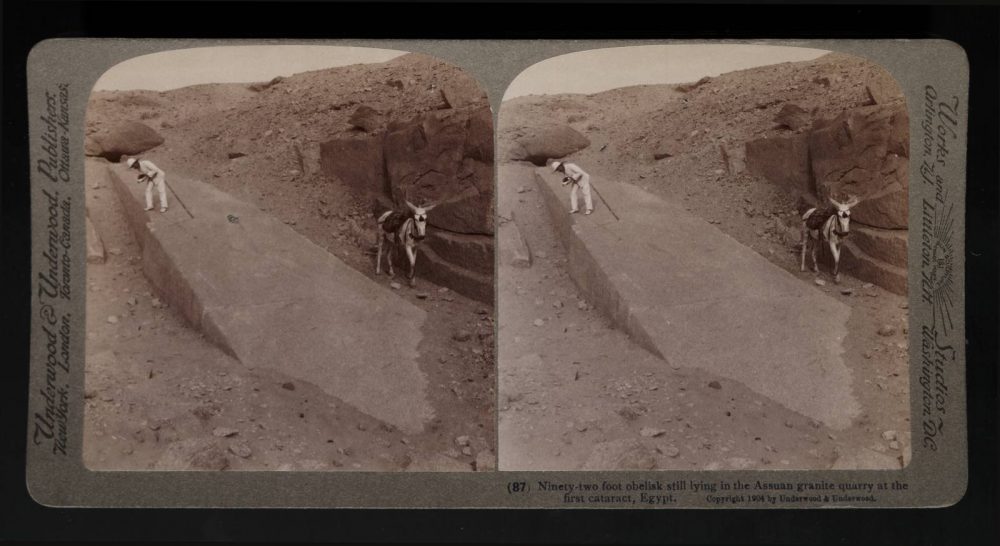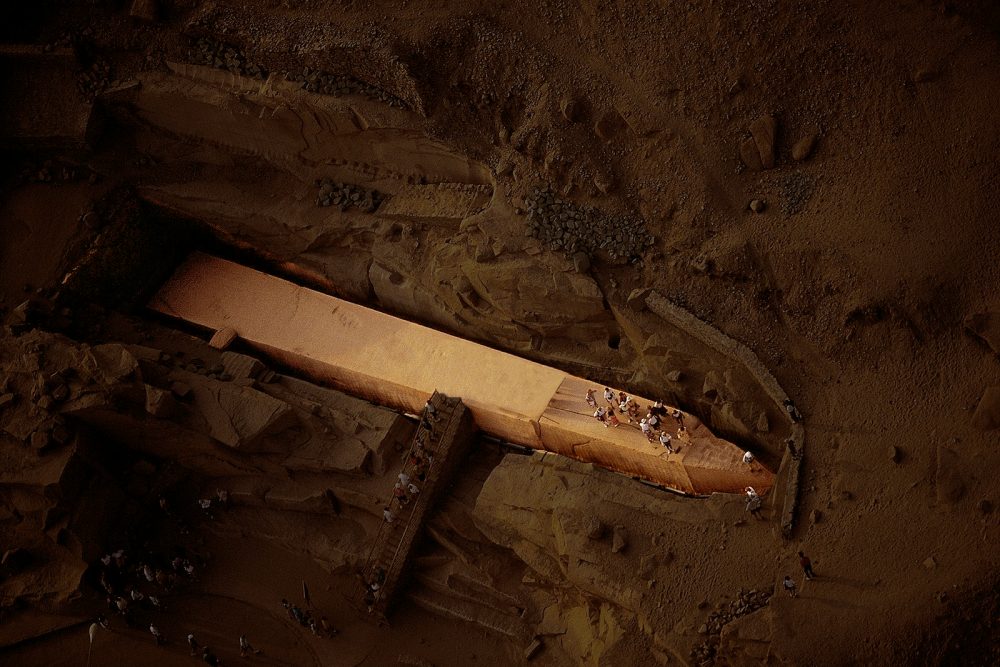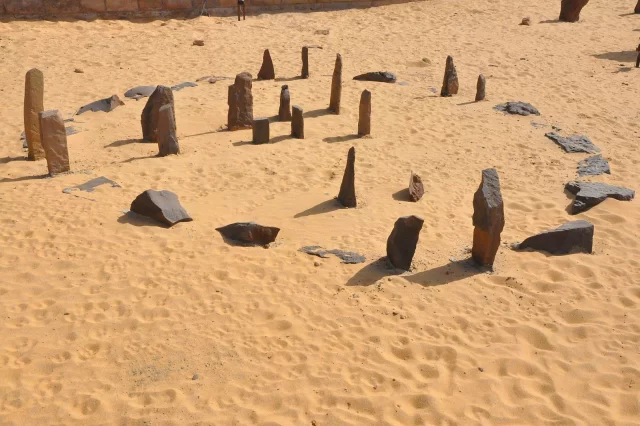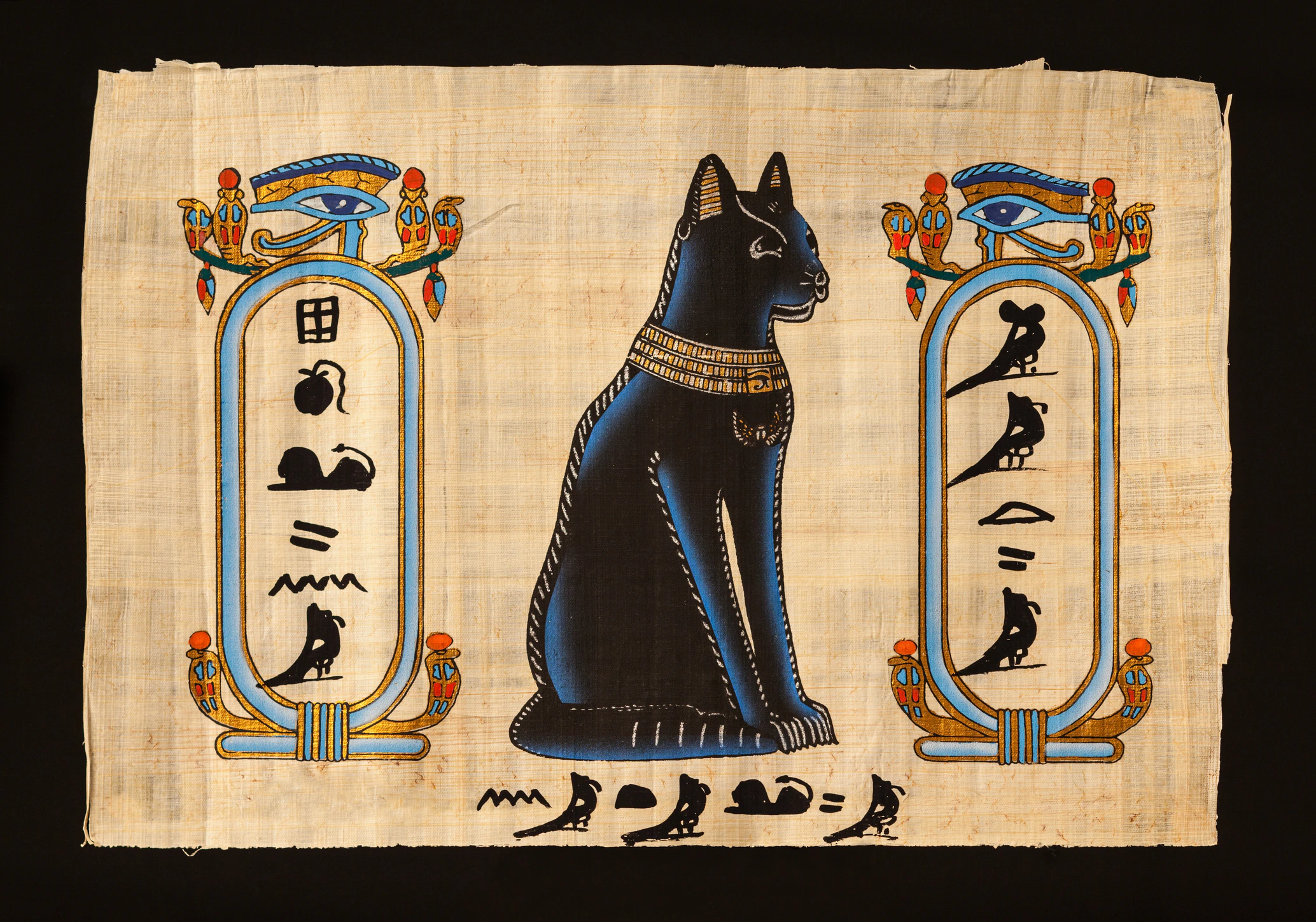In ancient Egypt, obelisks were of great importance; they placed them in pairs at the entrance of temples and were meant to convey a message of power.
Although Egypt’s pyramids are the greatest tourist attraction of Egypt, and despite millions of people traveling to Egypt to see them, Egypt has more to offer. From incredible temples, and underground labyrinths, to massive stone pillars of immense size. Statues weighing thousands of tons were quarried with extreme precision, and lost cities that continue eluding archeologists. It seems that Egypt has it all.
But in addition to its majestic pyramids, which are certainly awe-striking—I find how Egypt’s obelisks are a wonder of their own. Throughout the years, the ancient Egyptians erected obelisks of different sizes. In ancient Egypt, obelisks were of great importance; they placed them in pairs at the temples’ entrances and were meant to convey a message of power.
Towering, as some of the obelisks were, the gigantic stones resemble pillars reaching towards the sky. In Egypt, the obelisk represented the Sun, specifically their sun god Ra. In later times, around the reign of the controversial Pharaoh Akhenaten, the obelisk was considered a petrified ray of the sun disk Aten.
The obelisk in Egypt is also deeply rooted in the Benben, the mound which, according to Egyptian mythology, arose from the primordial waters Nu and upon which the greater god Atum settled. In pyramid design, the Benben is often regarded as the uppermost part of the monument, also known as the pyramidion. On top of the obelisk, we essentially see a pyramid or pyramidion.
Since the Sun god, Ra was one of the primary deities in ancient Egypt, it is thought that both the obelisk and the pyramid are deeply connected to the Sunrise and sunset. In fact, both structures, albeit different in size, may have been used by the ancient Egyptians to convey a message deeply rooted in the Sun’s existence and movement across the sky. The ancients referred to them as tekhenu, meaning “piercing the sky.” Had the unfinished obelisk been completed, its tremendous size would certainly give off the impression as it was piercing the sky.

Many obelisks were erected in ancient Egypt, and a great number of them remain standing. However, in antiquity, several obelisks were taken from Egypt and transported to different parts of t world. For example, Rome is home to the most obelisks in the world, and eight of these were taken from Egypt. Rome is also home to the latest standing ancient Egypt obelisk globally, with an estimated weight of around 455 tons. It was commissioned by Thutmose II and transported to Rome via special cargo ships from the Temple of Amun in Karnak, Egypt.
But there are far larger obelisks in Egypt. And perhaps no one rock speaks of the supermassive volumes that the ancient Egyptians quarried as the Aswan’s unfinished obelisks.
The Unfinished Obelisk would have been the most majestic obelisk ever erected and was likely planned to be placed at Karnak’s temple. It is perhaps the greatest ancient stone wonder of the world, not only because of its height, and weight but because it bears evidence of long-lost stone quarrying techniques. O its surface, we still see the marks that the workers left behind thousands of years ago, with ochre-colored lines still visible from where they were working.
The unfinished obelisk offers an unprecedented view into the ancient Egyptian stone quarrying techniques and methods by which many of its most giant stones were quarried in ancient times. The unfinished obelisk is a true wonder.
Egyptologists believe that it was commissioned by Queen Hatshepsut and meant to stand at Karnak. The obelisk measures just over 43 meters in length and has an estimated weight of between 1,100 and 1,200 tons, equalizing to around 200 African elephants. According to the World Wildlife Fund, an average African elephant weighs about 12,000 pounds (5,443 kilograms), or around 5 tons.
Like many other obelisks and rocks, the unfinished obelisk was quarried directly out of the bedrock. But around halfway through the entire process, an unfortunate crack appeared on the granite, and the project was eventually abandoned, as the builders saw no means by which they could salvage the piece. This means that the massive rock is still attached to the bedrock below.
As with other similar structures, obelisks gradually reached their towering size. Through studies of various sites, Egyptologists have concluded that some of the most ancient Obelisks of Egypt were no taller than 3 meters, weighing a few tons. But just as with the pyramids, the ancients enlarged them over time, creating towering, sky-piercing monuments that left a deep mark in history.
Although we’ve learned much about Egyptian Obelisks and obelisks in general, certain details have not been answered. One of the biggest mysteries seems to be how these monuments were raised after being successfully carved and shaped. Efforts to replicate the process and raise multi-ton obelisks have failed in modern times, with experts failing to understand how this was possible thousands of years ago.
The Unfinished Obelisk: what you should know
- The unfinished obelisk at Aswan is the largest known of its kind and was carved from the quarries where some of the stones used to construct the pyramids were obtained.
- The unfinished obelisk is a true monster obelisk; it’s up to 30 percent larger than any other ancient Egyptian Obelisk created in ancient times.
- Although it was perhaps one of the most daring obelisks envisioned in ancient Egypt, the massive monument was never finished. Carved directly from the underlying bedrock, around halfway through quarrying, the stone cracked, and the project was abandoned after the workers saw no methods by which the stone could be saved.
- The unfinished obelisk was ordered by “the Queen, who would be Pharaohs; Hatchepsut, a ruler of ancient Egypt’s eighteenth Dynasty of Egypt.
- The unfinished obelisk is one of the most unique globally, mostly due to its tremendous size. Had it been successfully quarried and raised, it would have stood 42 meters tall, making it one of the tallest ever made.
- Its weight was “out of this world.” Experts have estimated that the unfinished obelisk weighs between 1,100 and 2,000 tons, comparable to the weight of around 200 elephants.
- Its importance resides in its incredible size and the fact that the massive stone offers unprecedented insight into the stone-quarrying skills of ancient Egyptians. Many tool marks on its surface exist to this date, which tells us important details on how the ancients quarried massive stones. Egyptologists estimate that the ancients used tools made of metal, such as copper and stone, to carve the obelisk. Evidence of the use of diorite was found at the site. Diorite—a kind of volcanic rock—may have been used to loosen the stone holes that had been made with other tools.
Although never finished, the largest ancient Egyptian obelisk is still a wonder of its own. It tells us that more than 3,500 years ago, ancient Egyptian engineers developed to such an extent that they moved and raised with apparent ease massive stones weighing more than 1,000 tons.
Although the process of quarrying and transporting the obelisk is well-documented thanks to numerous drawing sand inscriptions, no specific mentions tell us how the obelisk was raised to be placed in its designated position. Despite illustrations that point towards how some of the obelsiks were transpored, the process related to the quarrying, transport, and final positioning of supermassive blocks of stones in Egypt remains an enigma. It would seem that the ancient Egyptians could move supermassive stones with such ease that they did not find a need to document how exactly this process was done. The same mystery surrounds Egypt’s largest pyramid, the Great Pyramid of Giza. There are absolutely no texts dating to the time the pyramid was built that mention how the supermassive stones were moved and positioned atop the pyramid.
Join the discussion and participate in awesome giveaways in our mobile Telegram group. Join Curiosmos on Telegram Today. t.me/Curiosmos





